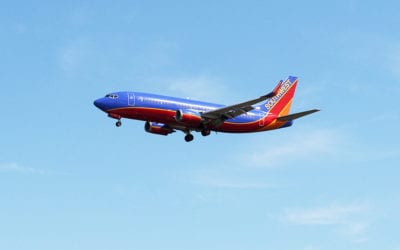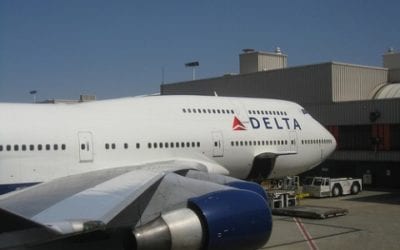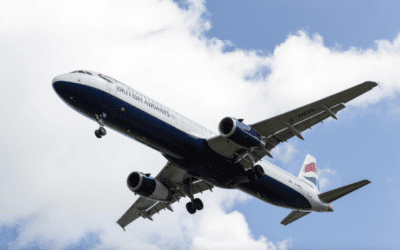With all the talk about additional fees that airlines are imposing on the traveling public, the oldest industry cash cow (and by far the most lucrative to the airlines before baggage fees) is the change fee. These fees on legacy carriers are always exorbitant and internationally, unpredictable.
Originally, the change fee was born at $25 for a domestic ticket. The fee has climbed steadily with most airlines now charging $150 per ticket, per change. (Virgin, JetBlue and Alaska still charge $100, with a discount to $75 for changes made online.) The change fee is often just the beginning, as passengers are still liable for any fare difference, which can be substantial.
The major carriers last raised the domestic change fee in 2008, theoretically in response to higher fuel costs. Now, they just quietly hike fuel surcharges with no fanfare. Apparently the airlines are worried about some resistance or backlash in raising the change fee, because they have certainly increased other fees over the past two years.
These increases especially applies to international tickets, where the sky appears to be the limit. When United Airlines raised their domestic fee to $150, they raised most international change fees to $250, at that point the highest in the industry. However, it didn’t take most other carriers long to catch up.
It also didn’t take airlines long to figure out that neither rhyme nor reason seemed to matter in continuing to raise change fees on international tickets.
For example, the lowest nonrefundable fare from San Francisco to Amsterdam right now on United has a $250 change fee, again, plus fare difference. (Note: The base fare is only $476.) But choose a higher coach fare, $910, and the change or cancellation penalty jumps to $300.
Both of the above fares require a Saturday-night stay, so many business travelers might opt for a $2,035 fare for the same San Francisco to Amsterdam routing with a minimum stay rule. But this $2,035 ticket is also completely nonrefundable, with the $250 change fee plus fare difference fee required for any schedule changes. (Incidentally, a refundable ticket on this route costs over $4,000.)
In some cases now, the international change fees are more than the base price of the ticket. This happens usually with short-haul discount tickets (just like short-haul ticket domestically) and especially within Europe. The lowest-priced British Airways round-trip Los Angeles/London ticket is $270 plus tax and fuel surcharges. Amazingly, the change fee is more than the base fare starting at $275.
International business-class discount fares seem to come in as many different levels as coach fares. These change fees generally start about $400, and go up. Again, these fees do not include the fare difference. Some business class fares from Europe to Africa for example are 100 percent nonchangeable and nonrefundable. Period.
Evidently, consumers accept these apparently random fees for international tickets because many people don’t fly overseas regularly. Or, perhaps, by the time passengers have paid hundreds of dollars in taxes and fuel surcharges, a large fee seems proportionally acceptable.
It certainly seems likely that these fees will continue to increase. Like fuel surcharges, they are non-discountable and non-commissionable too, which means carriers don’t have to share the revenue with corporations or travel agents. (Although they expect agents to do the reissue work.)
Which carrier will first test the waters for raising the domestic change fee, which affects a far greater number of travelers, and which is particularly hard on family travel.
At the moment, I’d predict airlines might start by moving to the international model, and increase the changes fees only at first on some fare types, and watch reaction. But who knows? Unfortunately as far as learning the answer to the question, it is almost certainly a matter not of “if,” but “when.”
Janice Hough is a California-based travel agent a travel blogger and a part-time comedy writer. A frequent flier herself, she’s been doing battle with airlines, hotels, and other travel companies for over three decades. Besides writing for Travelers United, Janice has a humor blog at Leftcoastsportsbabe.com (Warning, the political and sports humor therein does not represent the views of anyone but herself.)




